Nerd Nite Expansion Pack
2015 – (See Cards/Deck Info | Download – card backs | Purchase)…
This set is associated with the Vancouver Nerd Nite organization, and highlights 9 organisms that were suggested during one of their events. Specifically, organisms were solicited based on “coolness” and/or “peculiarity.” Note that this is an expansion deck and cannot be played on its own.

Village Indigobird
Vidua chalybeata



Play: The Village Indigobird has a FLIGHT of 2.
Fact: The Village Indigobird is a brood parasite which lays its eggs in the nests of red-billed fire finches.
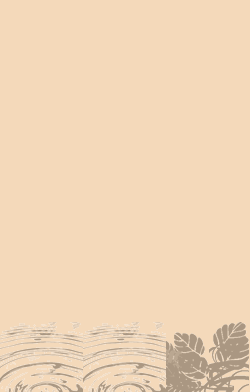
Duck-billed Platypus
Ornithorhynchus anatinus

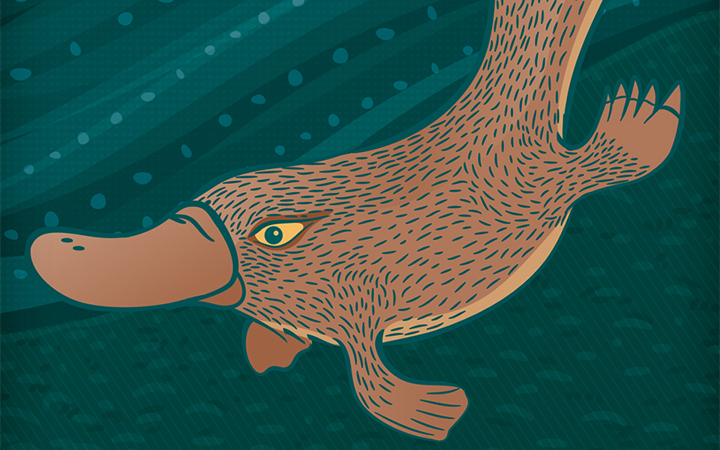
8 POINTS
Play: The platypus has a MOVE of 2 and must feed off of a FRESHWATER TERRAIN card.
Fact: The platypus is only one of a very few mammals that lay eggs instead of giving birth.

Variable Neon Slug
Nembrotha kubaryana



10 POINTS
Play: This slug has a MOVE of 1 and can only feed off of SPECIES cards with class ASCIDIACEA.
Fact: This slug can store, in its tissues, the toxins from the ascidians it eats and then can release them in a slimy defensive mucus when alarmed.
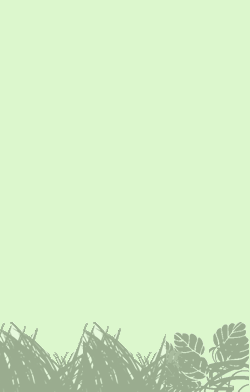
Cape Sundew
Drosera capensis



1 POINTS
Play: The Cape Sundew is carnivorous, but can also use photosynthesis. Therefore it can be played as a YELLOW FOOD 1 and/or RED FOOD CHAIN 3.
Fact: The Cape sundew has long, thin leaves that roll up around trapped insects.

Giant Cuttlefish
Sepia apama

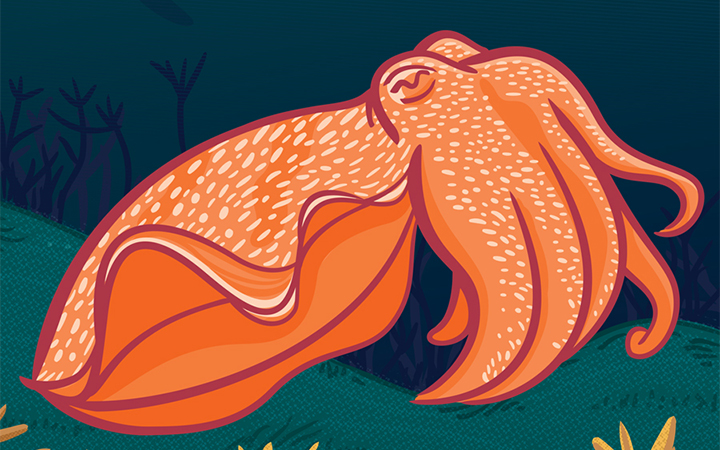

8 POINTS
Play: The Giant Cuttlefish has a MOVE of 2.
Fact: Using cells known as chromatophores, the cuttlefish can put on spectacular displays, changing color in an instant.
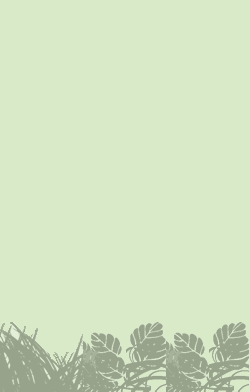
Panther Chameleon
Furcifer pardalis

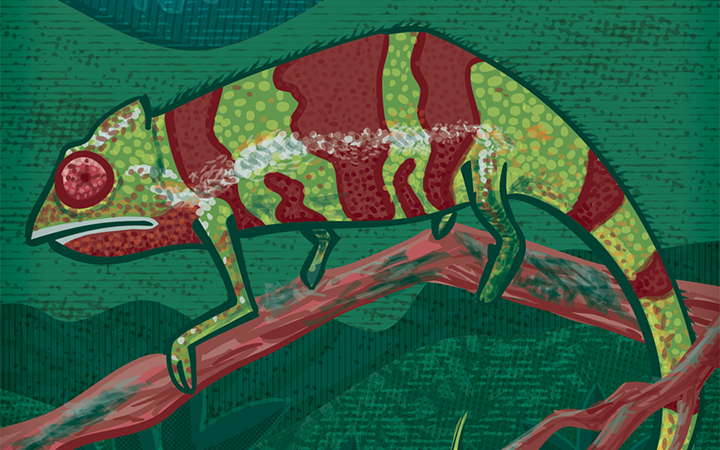
3 POINTS
Play: This cameleon has a MOVE of 2.
Fact: The panther chameleons have very long tongues which can extend at around 26 body lengths per second